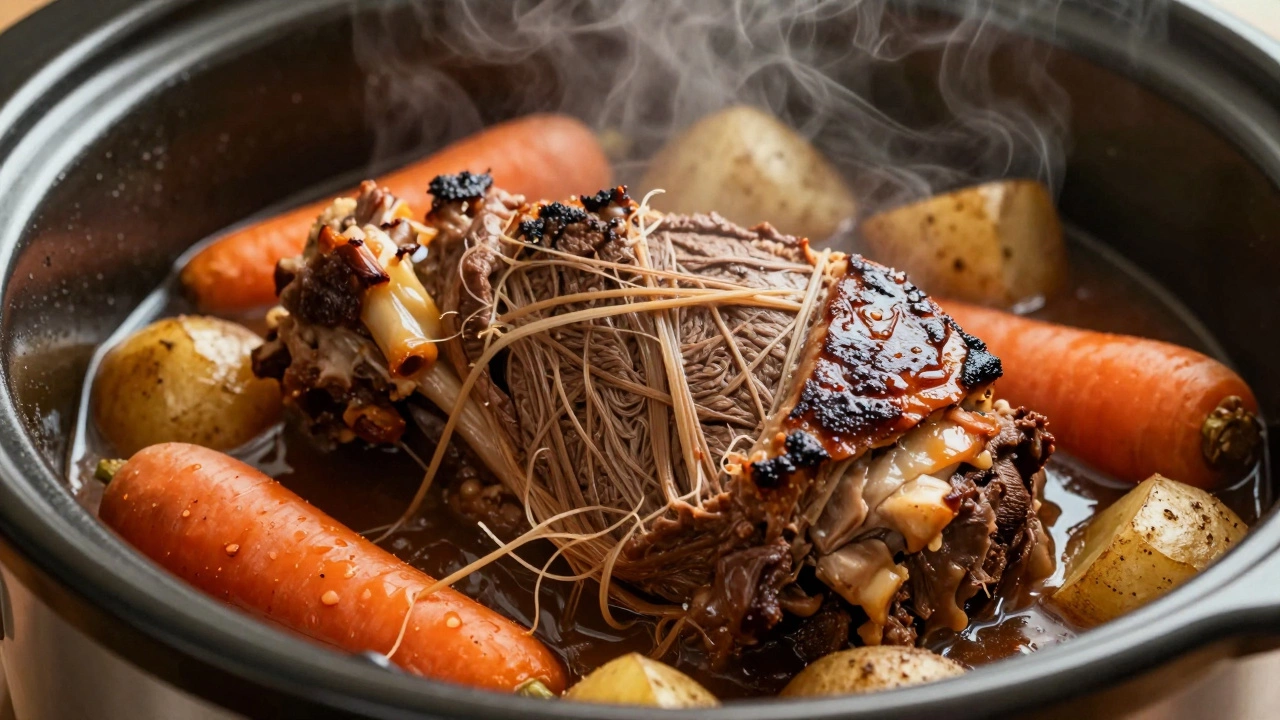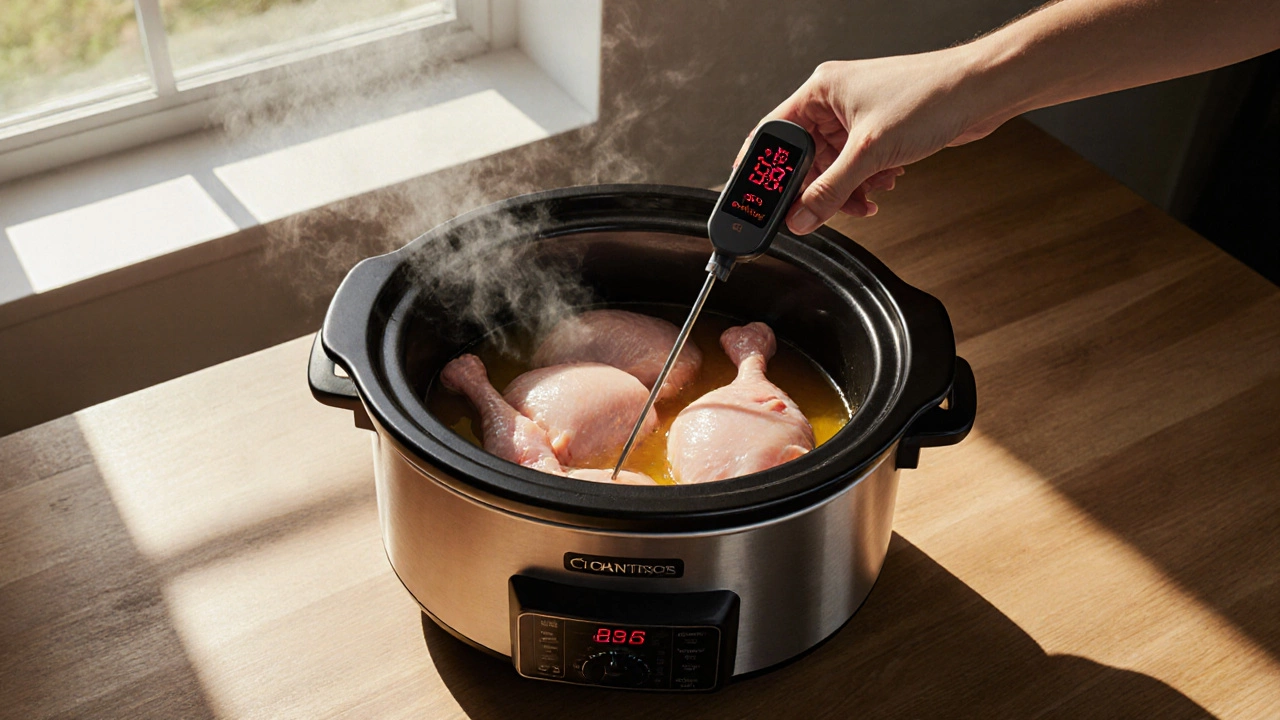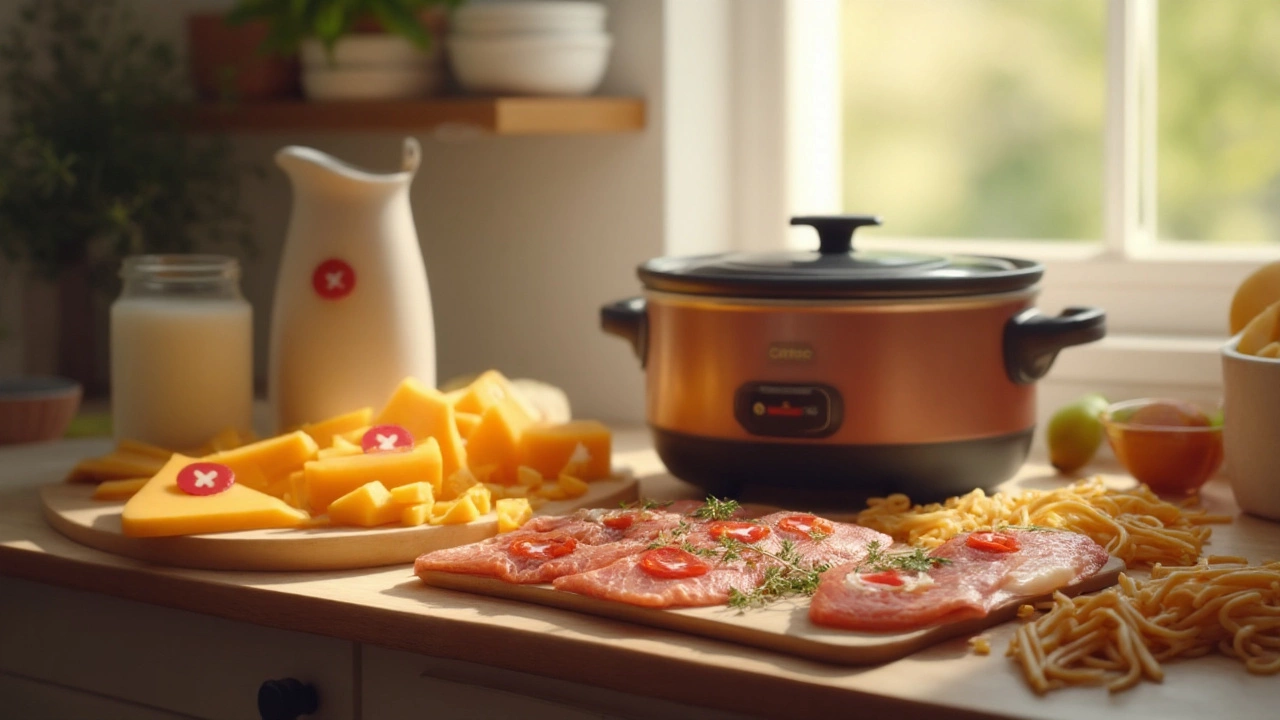Slow Cooker Safety: Simple Tips to Keep Your Kitchen Safe
Slow cookers are great for set‑and‑forget meals, but they can become a hazard if you’re not careful. A few easy habits can stop burns, fires, and spoiled food before they happen. Below you’ll find the most practical safety points you can start using right now.
Common Risks and How to Avoid Them
First, treat the electric cord like any other appliance cord. Plug it straight into a wall outlet, never a power strip, and keep the cord away from hot surfaces or water. If the cord shows wear, replace it right away – a frayed cord can spark a fire.
Next, watch the lid and handles. The pot gets hot, so use oven mitts or a thick towel when you lift it. Never pull the lid off while the cooker is still on; steam can burn skin in an instant. Place the slow cooker on a flat, heat‑resistant surface, away from the edge of the counter, so it won’t tip over.
Fires are rare but can happen if food boils dry or if you add too much oil. Set a timer and check the pot if the recipe calls for a long cook. Keep flammable items like paper towels, dishcloths, and curtains clear of the cooker. If you hear a strange smell, turn it off, unplug it, and let it cool before investigating.
Practical Safety Habits for Everyday Use
Food safety matters as much as heat safety. The USDA recommends keeping cooked food above 140°F (60°C). Use a meat thermometer to confirm the temperature, especially for large cuts of meat. Don’t let the slow cooker run for more than 12 hours unless the recipe explicitly says so – food can become a breeding ground for bacteria after that.
When it’s time to store leftovers, transfer them to shallow containers within two hours and refrigerate. Re‑heating should bring the food back up to 165°F (74°C) before serving. This routine prevents food‑borne illness and keeps flavors fresh.
If you like to line the pot with aluminum foil or use a metal trivet, check the manufacturer’s guide first. Some models warn against metal in the heating chamber because it can cause uneven heating or damage the ceramic insert. When in doubt, use parchment paper or silicone liners – they’re safe and easy to clean.
Cleaning is another safety step. Unplug the cooker, let it cool, then wash the insert with warm, soapy water. Avoid abrasive scrubbers that can scratch the ceramic. A clean pot reduces the chance of leftover residues catching fire in the next use.
Finally, make a habit of a quick safety check before every cook: cord plugged in, surface stable, lid secure, timer set, and no flammable clutter nearby. This five‑second routine adds up to big peace of mind.
Follow these simple tips and you’ll enjoy the convenience of slow cooking without the worry. Safe cooking means tasty meals, and that’s exactly what we’re after.
Is 3 Hours on High the Same as 6 Hours on Low in a Slow Cooker?
Is 3 hours on high the same as 6 hours on low in a slow cooker? No-here’s why time matters more than temperature for tender, flavorful results. Learn the science behind slow cooking settings and how to adjust safely.
Can You Put Raw Chicken in a Slow Cooker? Safety Tips, Temperatures & Recipes
Learn if raw chicken can be safely cooked in a slow cooker, the right temperatures, common pitfalls, and two easy recipes for delicious meals.
Foods You Should Never Cook in a Slow Cooker: What Not to Put in Your Crockpot
Discover what foods can't go in a slow cooker. From dairy and seafood to pasta, learn what ruins or risks safety when slow cooking. Helpful tips and real kitchen facts.


